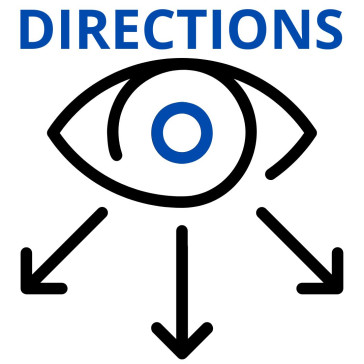Geen samenvatting beschikbaar
DOCUMENT
Demand Driven Care plays a key role in the modernization of the Dutch health care system. This modernization is needed because a) clients needs for care increases quantitatively as well as in diversity, b) the financial means for collective services are inadequate, c) the accessibility of health care will depend on clients own responsibility, and d) shortage of professional care givers is foreseen. In the Netherlands, the need for professional care givers increases with an average of 2% every year. Demand Driven Care is an instrument for liberalization of public activities. The Faculty Chair Demand Driven Care focuses on those activities that will contribute to sufficient care supply. Within the program of the chair, activities are executed under the theme of Integrated Care, Substitution, Patient Centred Care, and Home Care Technology with an emphasis on gerontechnology. The Faculty Chair wants to contribute to a better integration and coherence in care. So that clients live and function independently as long as possible and are able to enhance their self management. In addition, health care professionals should be aware of demand driven processes and should have a demand driven attitude towards clients.
DOCUMENT

Met dit project ‘Directions’ wordt beoogd om het visueel functioneren van mensen die leven met dementie, te optimaliseren. Allereerst door oogzorg op maat te kunnen aanbieden in de thuis omgeving. Slecht of slechter zicht wordt gezien als een risico factor voor progressie van dementie. Slechter zicht kan zorgen voor sociale isolement, vermindering van het uitvoeren van dagelijkste activiteiten als het verhogen van risico op vallen. Dit onderzoek heeft als eerste focus de mensen met de ziekte van Alzheimer.
